
Editor's Note: This story originally appeared on LawnStarter.
When you’re buying fertilizer, you’ll notice three little numbers on the bag. But why do they matter and what do they mean?
These numbers refer to the fertilizer’s mix of three main ingredients: nitrogen, phosphorus, and potassium.
Each of these ingredients is essential for helping your grass grow. The percentage of each differs between brands and types of fertilizer since different plants have different needs.
It’s essential to buy a fertilizer with the right mix of ingredients for your plants so that you can help them grow as green and lush as possible. Read on for more information on fertilizer.
What Do Fertilizer Numbers Mean?
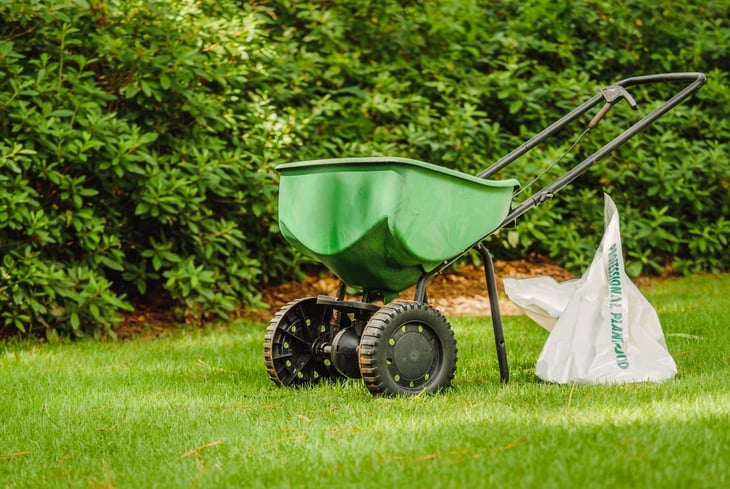
The three small numbers you see on each bag of fertilizer represent nitrogen, phosphorus, and potassium, in that order. These are referred to as macronutrients, and they’re the main nutrients that help plants grow.
Each of these numbers on your fertilizer stands for a percentage out of 100. You read fertilizer numbers as X – X – X.
For example, if the numbers are 10 – 10 – 10, then that fertilizer is 10% nitrogen, 10% phosphorus, and 10% potassium.
Pro Tip: The three numbers found on the fertilizer bag are also known as the NPK ratio.
Why Do Fertilizer Numbers Matter?
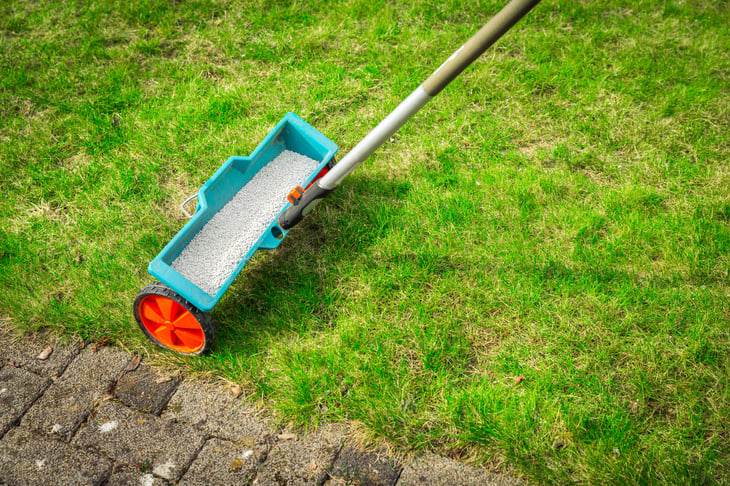
Now, to the heart of the issue. Why do fertilizer numbers matter? The short answer is that, while all three main ingredients are necessary for plants, different plants have different needs. Some plants will need more nitrogen than potassium, for example, or vice versa.
Fertilizer numbers help you easily identify which kinds of fertilizer have the nutrients your plants need. That way, you can figure out which fertilizer to get at a glance.
If you don’t pay attention to the fertilizer numbers, you may end up giving your plants the wrong combinations of nutrients, which will harm them.
Why Are the Ingredients in Fertilizer Important?

Each of the three main ingredients in fertilizer, nitrogen, phosphorus, and potassium, is essential for plant growth.
But if you’re not much of a plant expert, you might be wondering what each of them do and how they help your blooms.
Here’s some basic info about the function of each of the macronutrients in fertilizer and why they’re important.
Nitrogen

Nitrogen is an extremely important component in fertilizer. It’s a major ingredient in chlorophyll, which plants use to create food from water, sunlight, and carbon dioxide via photosynthesis.
All plants need nitrogen to survive, whether it’s a towering oak tree or a tiny daffodil. Think of nitrogen as the accelerator for your plants’ growth.
It’s important to remember, though, that some plants need more nitrogen than others.
For example, tomatoes love nitrogen, as do many leafy veggies like kale. However, it’s also possible to add too much nitrogen. Ensure you know your plants’ nitrogen needs and buy the appropriate fertilizer.
Phosphorus

Phosphorus is another vital nutrient that your plants need to perform photosynthesis. Plants use it for a wide variety of purposes, including root growth, water efficiency, respiration, and seed formation.
All plants need phosphorus, just like they need nitrogen. If nitrogen is the accelerator, think of phosphorus as the engine.
Of course, just like nitrogen, different plants need different amounts of phosphorus. Phosphorus-intensive plants include fruit trees, carrots, and flowers. Grass, on the other hand, does not need a lot of phosphorus since it produces no fruit or flowers.
All plants, and indeed all living things, need phosphorus, but it’s vital to know the right amount to give your plants.
Potassium

Finally, we have potassium. Just like nitrogen and phosphorus, potassium is vital for plant growth. Plants use it to move and utilize water and nutrients, and to regulate photosynthesis.
Without potassium, plants can’t grow as effectively and are more vulnerable to adverse conditions like drought or disease. If we’re sticking with the car analogy, potassium could be called the gas tank or the fuel injectors.
Just like nitrogen, phosphorus, and indeed any other nutrient, different plants need different amounts of potassium, and too much of a good thing can be bad for plants.
Some potassium-intensive plants include fruit, like watermelon, strawberries, and peaches. Grass may not be potassium-intensive, but it does need its fair share like any other plant.
What Else Is in Fertilizer?
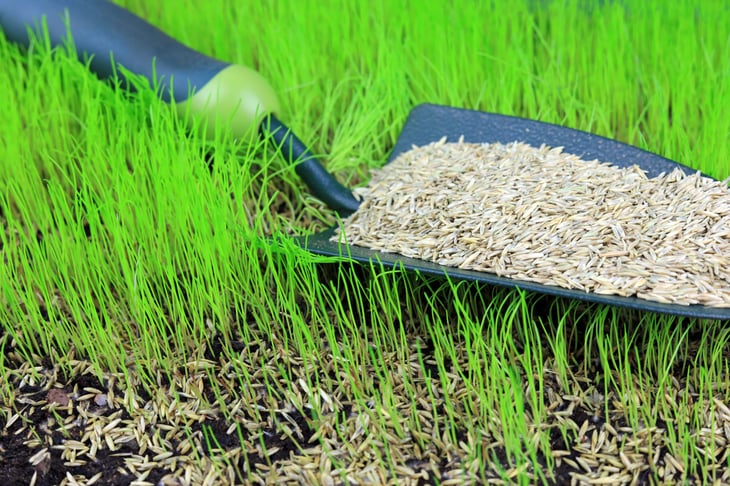
Of course, if nitrogen, phosphorus, and potassium comprise 10% each of the fertilizer, then what’s the other 70%?
Aside from raw nutrients, the materials mostly depend on whether you’re buying organic or inorganic fertilizer. Each of the ingredients in either is designed to enrich and add nutrients to your soil in order to help your plants.
Organic Fertilizers
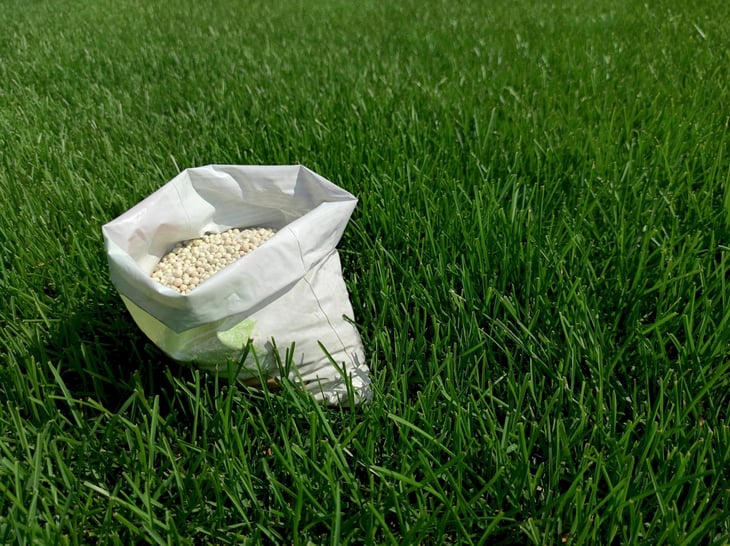
Organic fertilizers, as the name implies, contain various animal or plant byproducts, like manure, bone meal, dried blood, or crushed shells.
Many fertilizers also contain green manure, which is living plant matter, or various types of plant-based substrate.
For more information on organic fertilizers, check out this article: What Is Organic Fertilizer?
Inorganic Fertilizers

Alternatively, synthetic fertilizers contain materials derived from inorganic sources.
The nitrogen may be pulled from the atmosphere, for example, or the chemicals may be synthesized in a laboratory as opposed to being sourced from organic materials.
Micronutrients
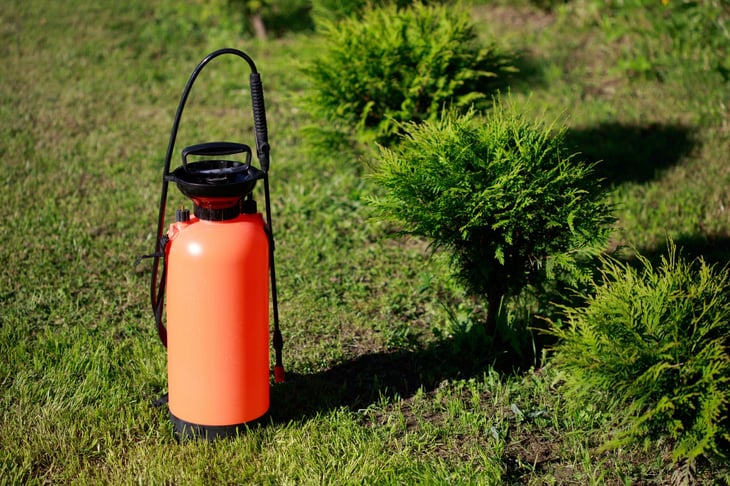
There are also what’s known as micronutrients, which are other nutrients that plants need besides the main three. Micronutrients, as their name suggests, are present in much smaller quantities than macronutrients.
Even though plants need less of them than macronutrients, micronutrients are still very important for plant growth.
There are seven main micronutrients present in fertilizers. The list consists of:
- Zinc
- Iron
- Copper
- Chlorine
- Molybdenum
- Manganese
- Boron
Which Fertilizer Is Best?
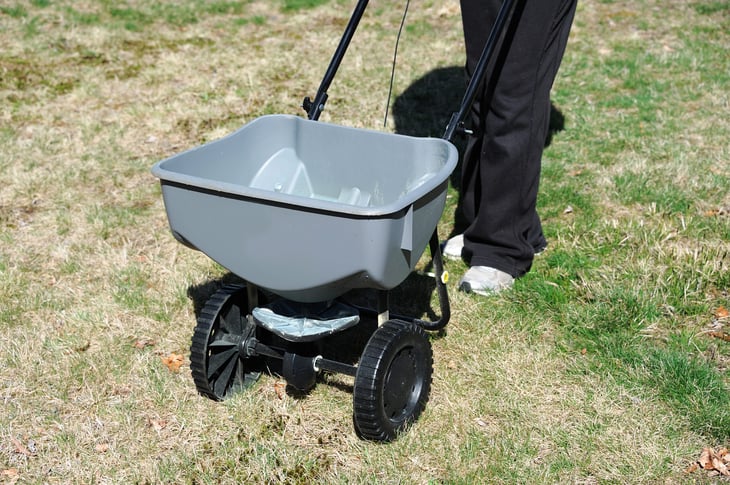
Like just about anything else involving plants, the best fertilizer depends on what you’re feeding. Different plants need different combinations of nutrients and will respond better to different kinds of fertilizer.
For example, some plants will respond better to liquid versus granular fertilizer.
You might also be better off with organic fertilizer, which has a smaller nutrient count overall but releases the nutrients over a longer period of time, or synthetic fertilizer, which has more nutrients that release quicker.
Find a fertilizer that works for you and is best for your plants.
How to Choose the Right Fertilizer Numbers
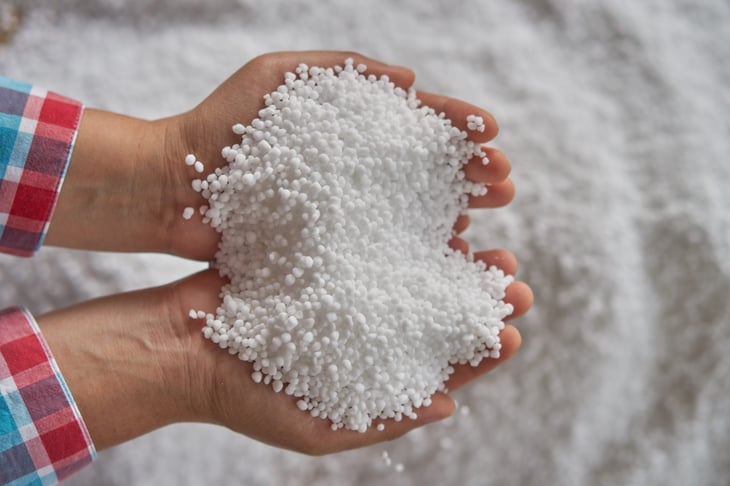
The best way to determine the ideal fertilizer for your plants is to get a soil test. A soil test will tell you what nutrients you have in your soil and in what quantities. That way, you know exactly what you need to add and what you don’t.
The nutrients in fertilizer don’t go directly into your plants, after all. The nutrients go into the soil, where plants will then absorb them.
Consider collecting a soil sample and sending it to your local agricultural extension for soil testing. Depending on the laboratory, a professional soil test can provide a comprehensive analysis of your soil and provide the appropriate NPK ratio for your plants.
Once you know what nutrients you need, pick a fertilizer based on yours and your plants’ needs. For more information, check out this article on How to Choose the Right Lawn Fertilizer.





Add a Comment
Our Policy: We welcome relevant and respectful comments in order to foster healthy and informative discussions. All other comments may be removed. Comments with links are automatically held for moderation.